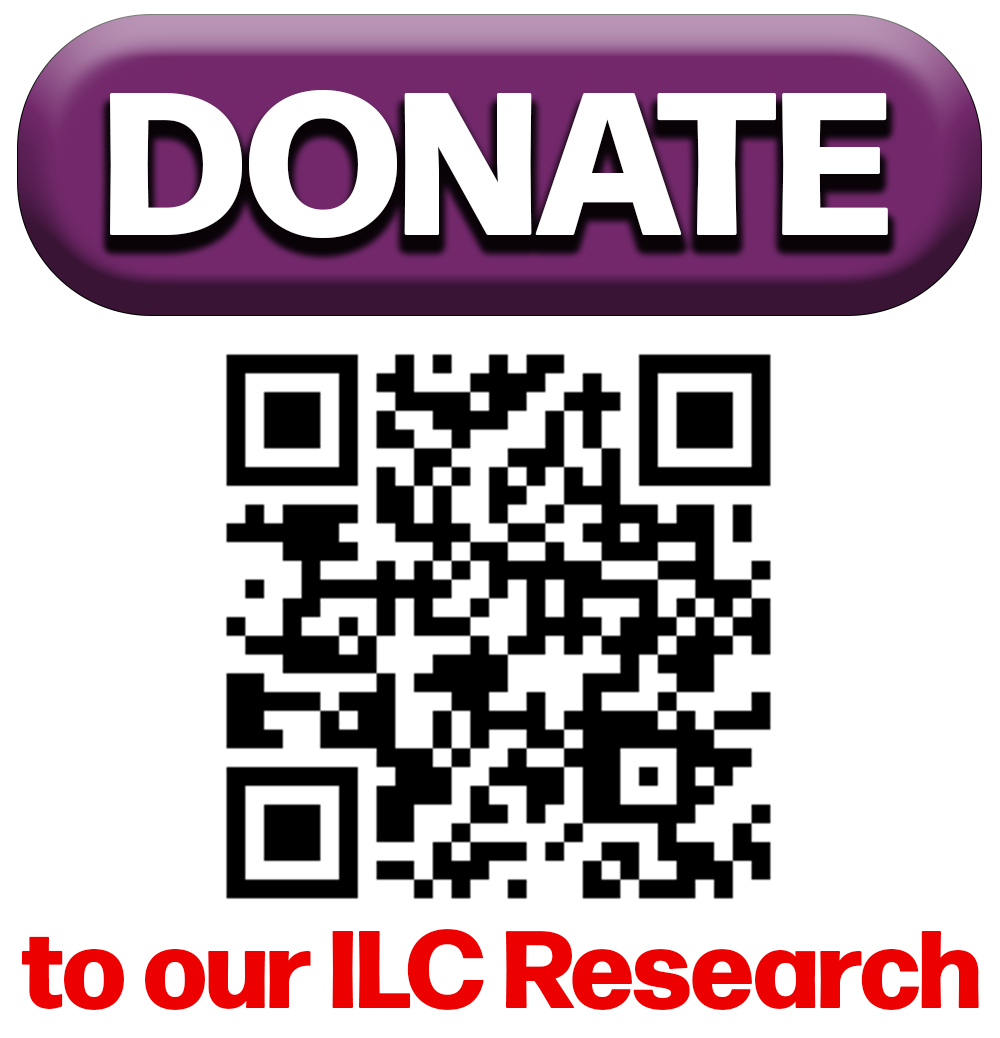The Lee-Oesterreich laboratory investigates the systems biology of breast cancer by studying both intrinsic cancer cell features as well as extrinsic stimuli from the tumor microenvironment (TME). Much of this works uses omics approaches (e.g. methylomics, transcriptomics) and deconvolution of stromal signatures, with more recent application of single cell and spatial technologies. Examples of areas of focus:
- Epigenomic deconvolution of breast tumors using a novel sequencing platform led to identification of metabolic coupling between various cell types in the TME[1].
- Comparison of primary and metastatic tumors showing reduced immune cell populations as tumors progress[2]. We built new tools to deconvolute bulk RNAseq data using single cell RNAseq and found similar findings[3]. In the AURORA program we showed that reduced immune cells in metastasis was in part due to genomic and methylation mediated loss of HLA-A[4]
- Comprehensive examination of immune cells in the TME of ILC and comparison to NST revealing a macrophage divergence[5]. This work and other literature was summarized in a review[6]. Immune infiltration in ILC correlates with transcriptomic subtypes[7]
- Collaboration with computational biologists to develop a mathematical model of breast tumor progression based upon immune infiltration. [8]
- Identification of ESR1 mutant breast cancers which exhibit elevated basal cytokeratins and immune activation via S100A8/9[9]. Using public scRNAseq data identification of the major crosstalk pathways between tumor and immune cells, identifying S100A11 as a cytokine promoting macrophage recruitment in ER+ breast cancer. This work was validated in cell lines and patient-derived organoids.[10]
1. Onuchic, V., et al., Epigenomic Deconvolution of Breast Tumors Reveals Metabolic Coupling between Constituent Cell Types. Cell Rep, 2016. 17(8): p. 2075-2086.
2. Zhu, L., et al., Metastatic breast cancers have reduced immune cell recruitment but harbor increased macrophages relative to their matched primary tumors. J Immunother Cancer, 2019. 7(1): p. 265.
3. Lei, H., et al., Semi-deconvolution of bulk and single-cell RNA-seq data with application to metastatic progression in breast cancer. Bioinformatics, 2022. 38(Suppl 1): p. i386-i394.
4. Garcia-Recio, S., et al., Multiomics in primary and metastatic breast tumors from the AURORA US network finds microenvironment and epigenetic drivers of metastasis. Nat Cancer, 2023. 4(1): p. 128-147.
5. Onkar, S., et al., Immune landscape in invasive ductal and lobular breast cancer reveals a divergent macrophage-driven microenvironment. Nat Cancer, 2023. 4(4): p. 516-534.
6. Onkar, S.S., et al., The Great Immune Escape: Understanding the Divergent Immune Response in Breast Cancer Subtypes. Cancer Discov, 2023. 13(1): p. 23-40.
7. Chen, F., et al., Immune Infiltration Correlates with Transcriptomic Subtypes in Primary ER+ Invasive Lobular Breast Cancer. Res Sq, 2024.
8. Mohammad Mirzaei, N., et al., A Mathematical Model of Breast Tumor Progression Based on Immune Infiltration. J Pers Med, 2021. 11(10).
9. Li, Z., et al., ESR1 mutant breast cancers show elevated basal cytokeratins and immune activation. Nat Commun, 2022. 13(1): p. 2011.
10. Lee, S., et al., Cancer-cell derived S100A11 promotes macrophage recruitment in ER+ breast cancer. Oncoimmunology, 2024. 13(1): p. 2429186.

